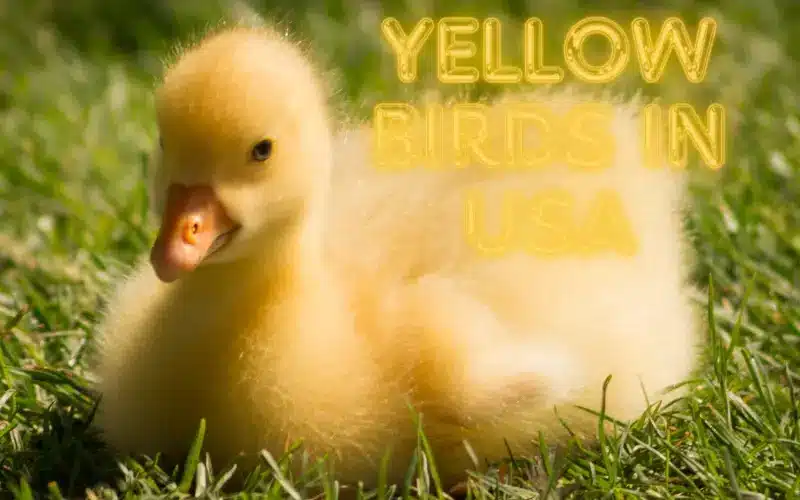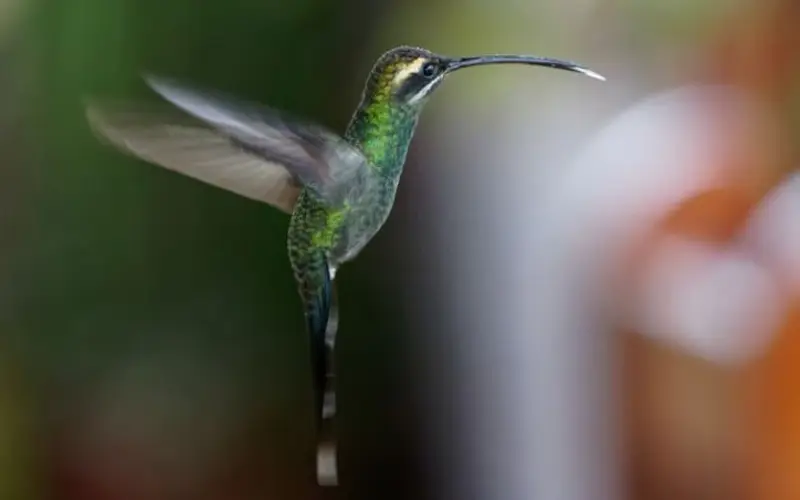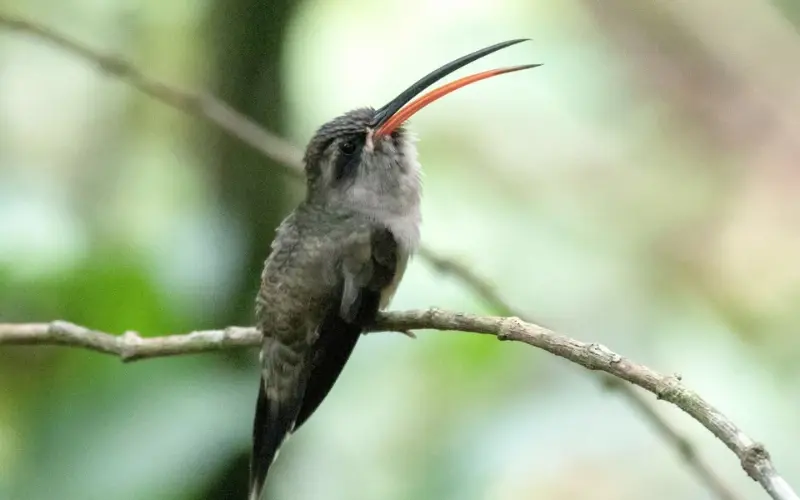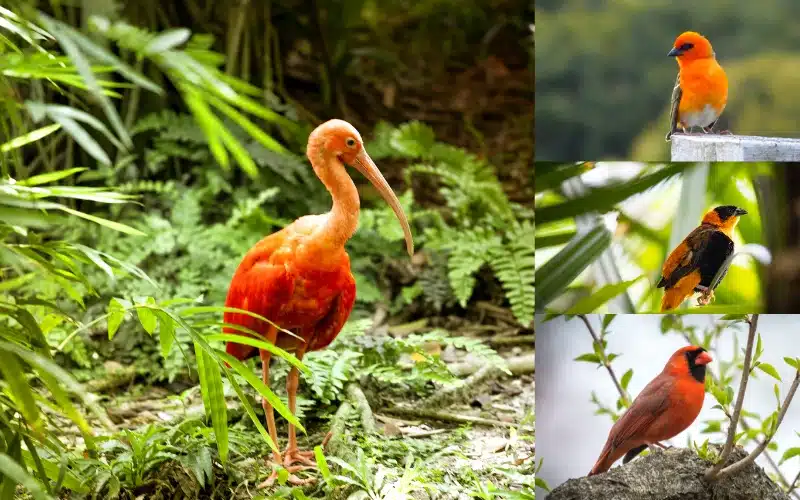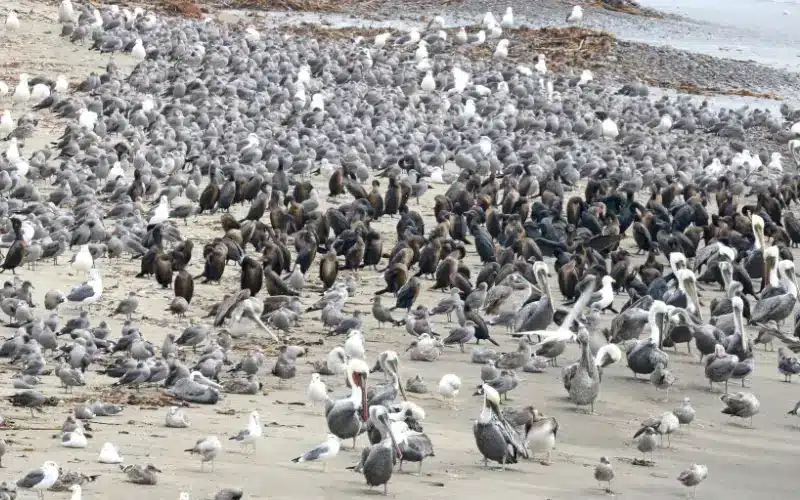Woodpeckers grab our attention with their unique behavior and stunning looks. These birds come in various types, each with its special traits. Let’s take a closer look at seven woodpeckers you might spot:
Woodpeckers types
- Downy Woodpecker
- These pint-sized woodpeckers are among the smallest in North America. Their black and white feathers make them easy to spot in forests and suburbs. Listen for their distinctive drumming as they search for insects and tree sap.
- Pileated Woodpecker
- Meet the giant North American woodpecker! Sporting a striking red crest and a loud call, the Pileated Woodpecker is hard to miss. Found in mature forests, it digs large holes in trees to hunt for insects, playing a crucial role in forest ecosystems.
- Northern Flicker
- The Northern Flicker stands out with its ground-foraging behavior, a departure from typical woodpecker habits. Look for its spotted feathers and flashes of yellow as it hunts for ants and beetles in various habitats, from woodlands to urban areas.
- Red-bellied Woodpecker
- Don’t let the name fool you; spotting the red belly of this woodpecker can be tricky. Instead, focus on its bold black-and-white stripes and vibrant red cap. You’ll often find it in woodlands, parks, and suburban settings in the eastern United States.
- Hairy Woodpecker
- Resembling the Downy Woodpecker but larger, the Hairy Woodpecker boasts similar plumage but lacks the spots on its tail feathers. Like its smaller cousin, it hunts for insects and larvae in trees, favoring mature forests.
- Acorn Woodpecker
- Social and quirky, the Acorn Woodpecker stores acorns in drilled holes across trees and structures. Sporting a colorful look with a distinctive red cap, it’s a common sight in western North America, where it adds a touch of whimsy to the landscape.
- Great Spotted Woodpecker
- Found across Europe and Asia, the Great Spotted Woodpecker charms with its black-and-white feathers and a flash of red beneath its tail. Look for it in mature forests and gardens, where it feeds on insects, seeds, and nuts while announcing its presence with a loud drumming.



